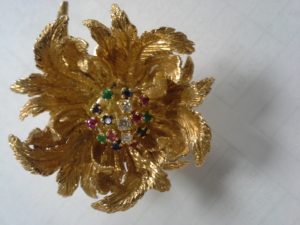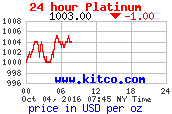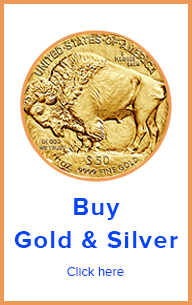Yellow Gold
Yellow Gold Jewelry

-
What is Yellow Gold
-
Yellow Gold Metallurgy
-
Yellow Gold Fineness
-
Yellow Gold Testing
This article explains what is yellow gold from the point of view of the gold buyer. As a gold buyer, I focus on what I will be able to extract from the gold alloy items I buy. However, as also a gold fan and gold bug, I like to know, and share, as much as possible about this fascinating metal. For those interested beyond this, there are plenty of much more detailed articles.
What is Yellow Gold
Yellow gold is any gold-based alloy with a yellow tone type of hue. Pure gold, .9999 or 24K, is also yellow. Yellow gold is the most typical alloy used for manufacturing jewelry and other items. Its look is immediately identifiable. Nothing looks as good as gold. Gold has never been associated with the cheap. Most things associated with social class, status, wealth, stability, divinity, etc, when represented graphically always have at least one element of the yellow gold hue. Yellow gold is the most imitated color. But imitations are never the real thing.
Yellow Gold Metallurgy
In jewelry, yellow gold is achieved by casting pure gold together with a yellow gold alloy. Jewelry yellow gold alloy is a balance of silver and copper, often with other elements. Dental yellow gold is a medical application. Thus, if it has copper, it has it in a very minimal proportion. This mostly just enough for the alloy to inherit the desirable qualities copper contributes. , for the most part, palladium is used instead. Another option for making yellow gold jewelry is to buy yellow gold casting grain, therefore not having to create the mix. Yet another option, is casting is not needed, is to buy already made yellow gold stock. This latter is yellow gold already in the form of bars ready to be tooled.
Yellow gold by far is the most common of the gold alloys. It is extremely versatile in range tone, fineness, hardness, and malleability. Basically, yellow gold can fulfill any requirements for which a gold alloy may be needed.
Yellow gold, in its most pure state, is mostly used for bullion, typically nowadays at .9999 fineness. At this fineness, one part out of 10,000 is theoretically not gold.
At fineness of 22K to 23K (and above) yellow gold considered super high karat for jewelry applications. It is hard to truly arrive to 24K with jewelry. For that, to happen, the item needs to be a solid, such as a ring or bangle. Chains require soldering, which, for sure needs to include silver and other metals in the mix. At this fineness, items need to be chunky. A good use for this fineness is necklaces. This is because gold necklaces don’t get too beat up by wear. So as long as they are substantial enough for their use, they will last in great shape for a long time. High karat gold does not work well for anything thin.
At 18K fineness, yellow gold is considered to be the most workable. Goldsmiths love 18K. The most fantastically crafted jewels tend to be 18K fine. At 18K gold is maybe the most plastic, malleable. Basically, it combines the best qualities of gold, copper, and silver. On top of that, 18K gold can take enough tension to hold well diamonds and other stones.
At 14K fineness, yellow gold is very durable, looks awesome and can take plenty of tension. For diamond solitaires, 14K is the ideal material, because the prongs will hold excellent. Also, because it is much harder of than the higher karat alloys, it is good for jewelry that will be worn hard, such as wedding bands, bracelets, longer chains. Basically, if jewelry will be worn hard, it is best made of 14k yellow gold.
At 10K and below, yellow gold is extremely hard. The most emblematic item made of 10K gold is the graduation rings. For sure, gold graduation rings are made to last.
White Gold Fineness
White gold ranges from nominal 24K fine to below. In jewelry, it is hard to achieve true 24K fine items. That is theoretically possible only with solid items such as bangles and cuffs. Anything that has a closure requires soldering, which, although it may be minimal, for sure drops the overall fineness to less than pure. The highest fineness Asian jewelry is of 24K parts interconnected soldering.
Testing White Gold
From the point of view of a gold buyer, the most relevant gold test is the electronic test. Yellow gold is the easiest gold to test electronically. The chemical rub test gives good results too.
In summary, yellow gold is a gold based alloy made of gold, copper, and silver, plus sometimes additional additives. It is the most common of gold alloys and it looks “like gold”.
Resources


![[Most Recent Quotes from www.kitco.com]](http://www.kitconet.com/charts/metals/gold/t24_au_en_usoz_2.gif)
![[Most Recent Quotes from www.kitco.com]](http://www.kitconet.com/charts/metals/silver/t24_ag_en_usoz_2.gif)
![[Most Recent Quotes from www.kitco.com]](http://www.kitconet.com/charts/metals/platinum/t24_pt_en_usoz_2.gif)










